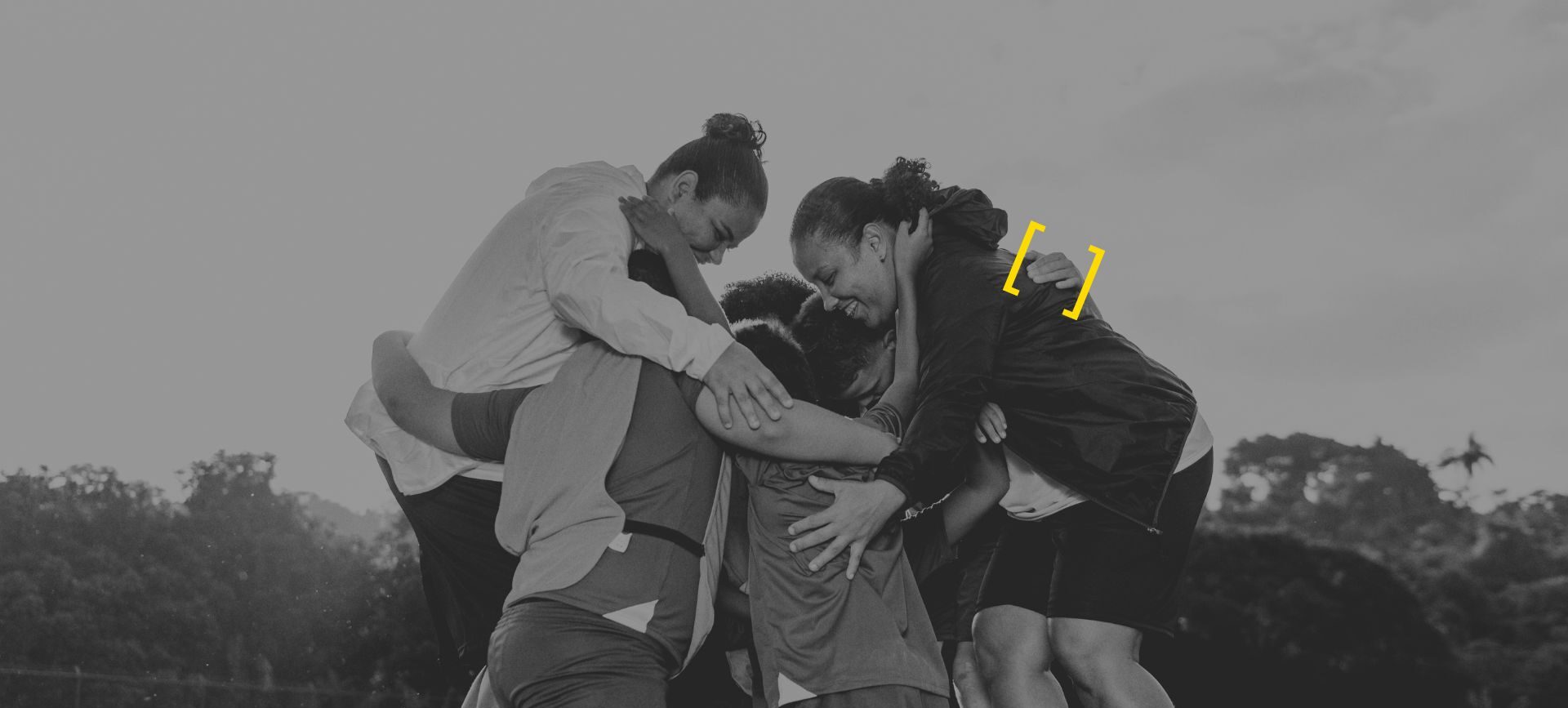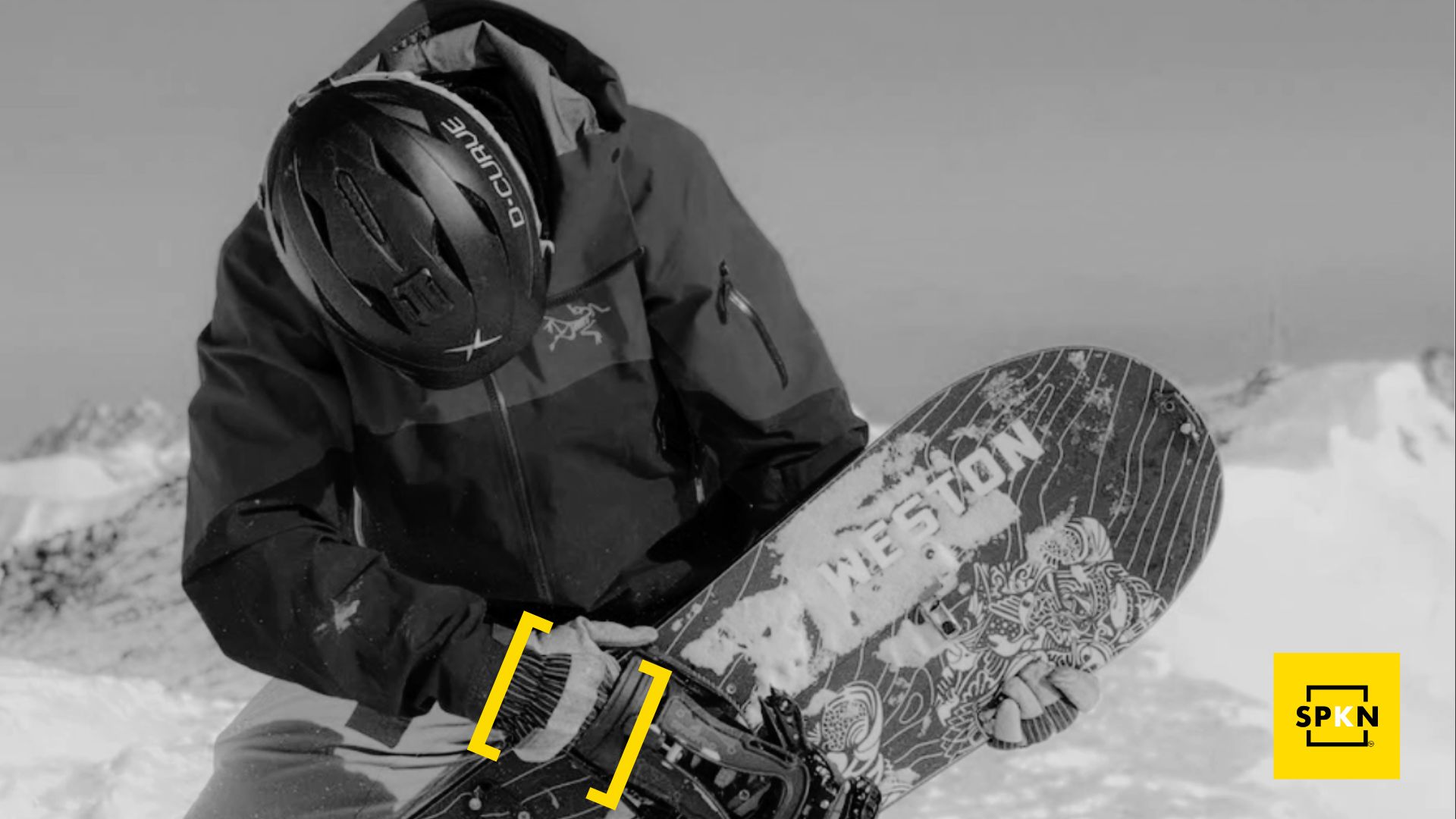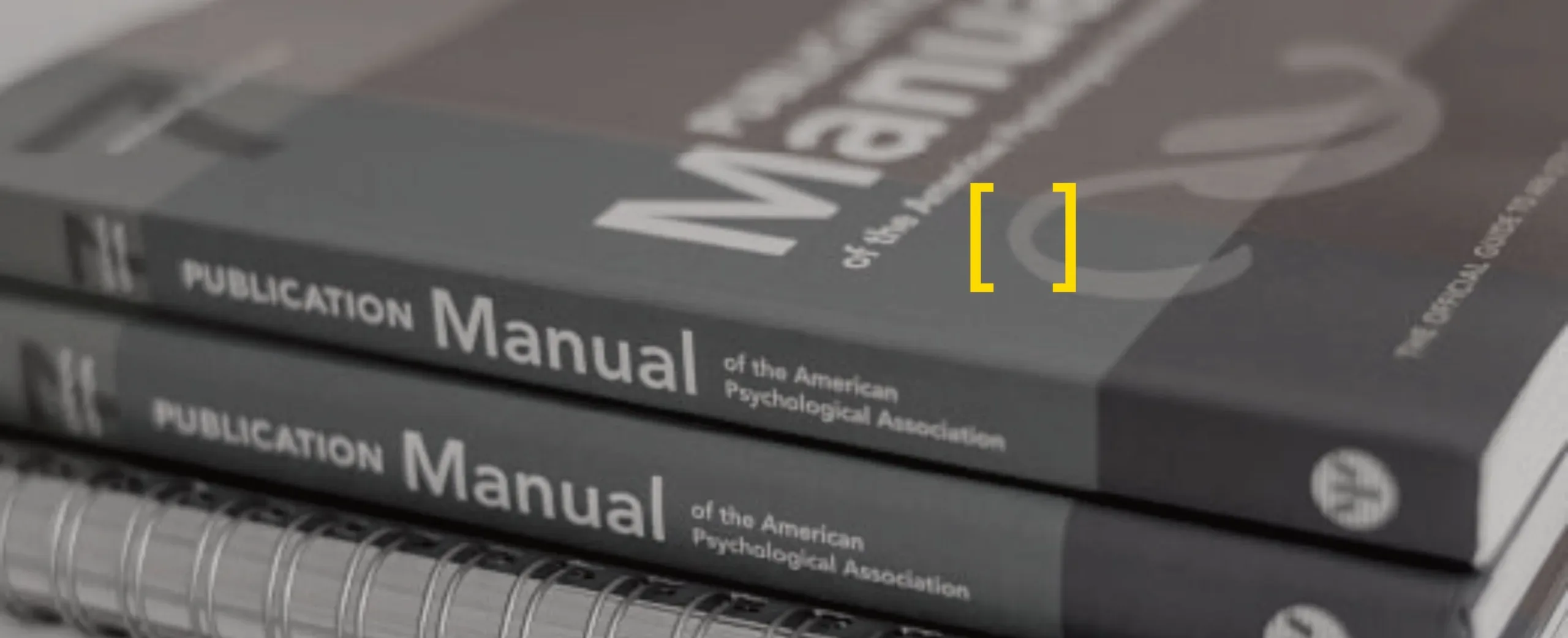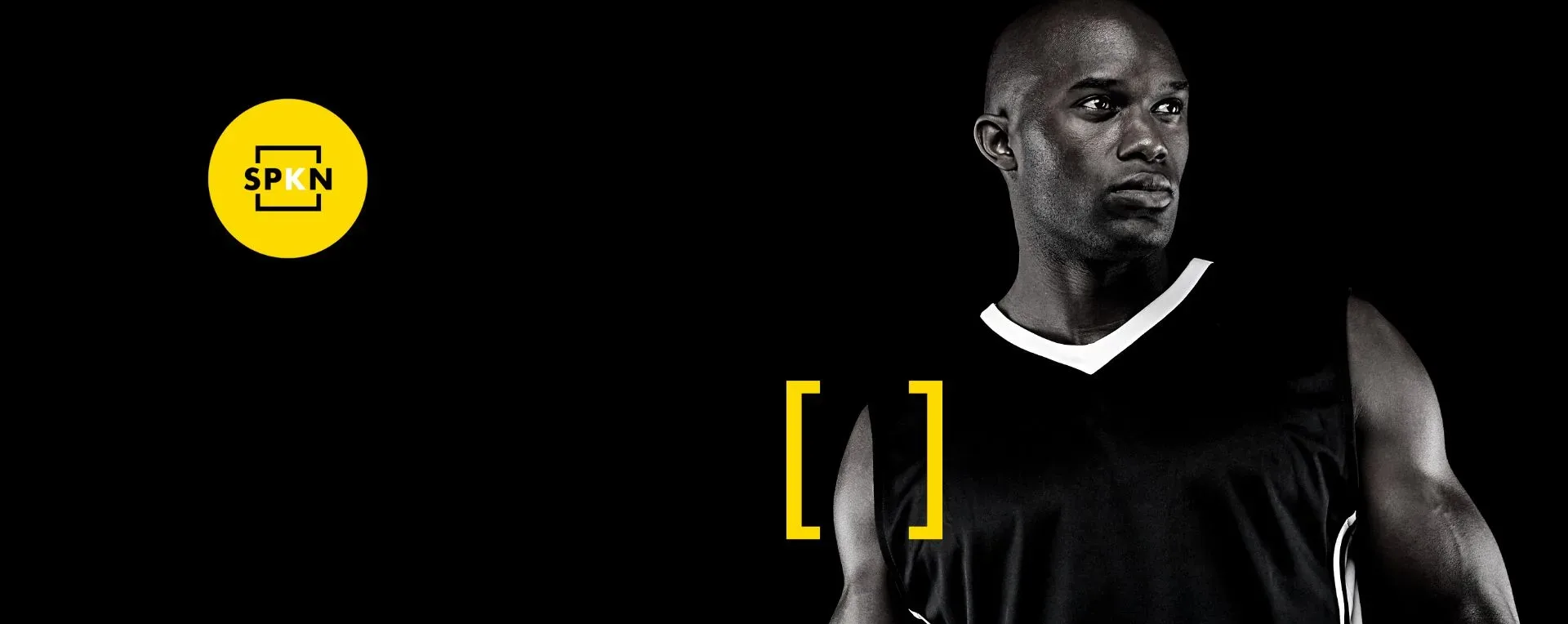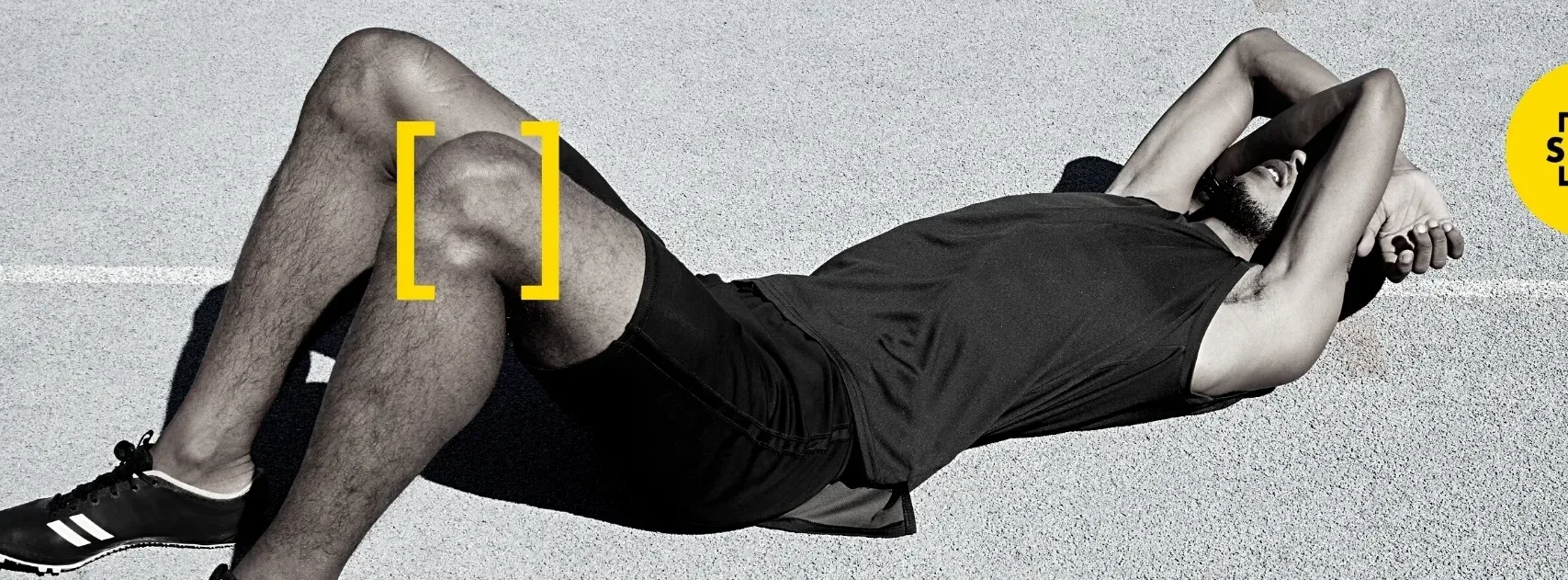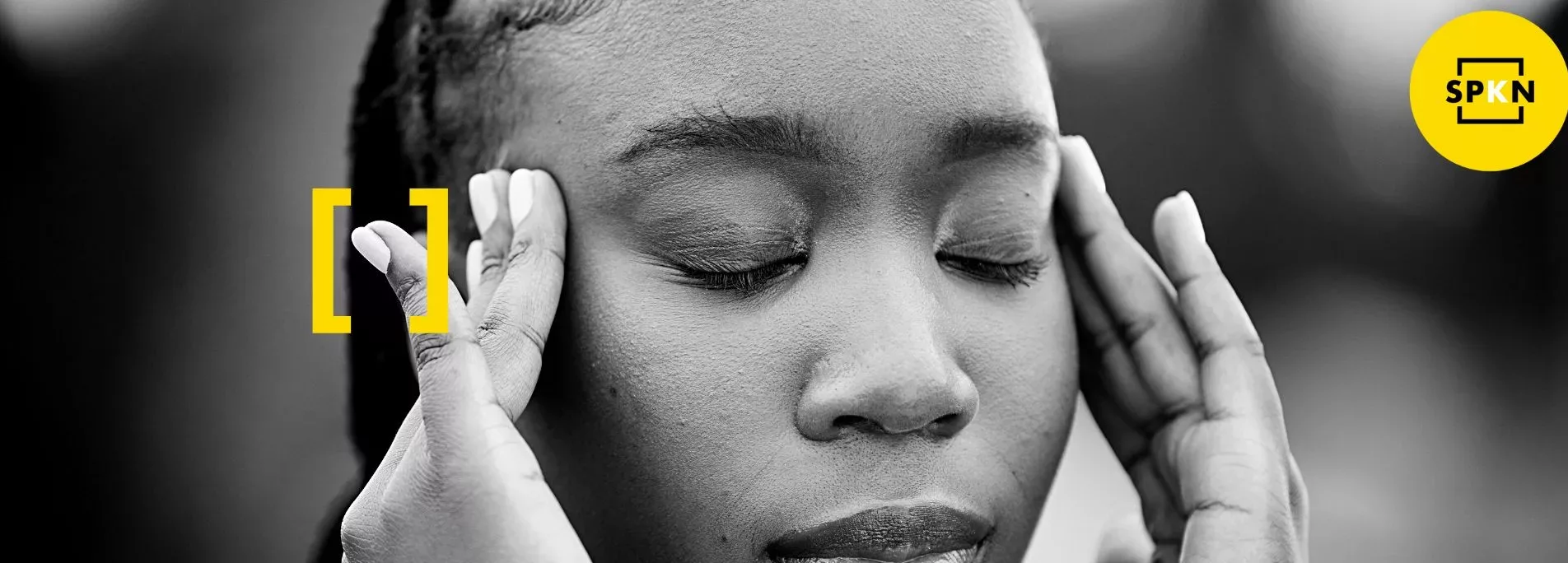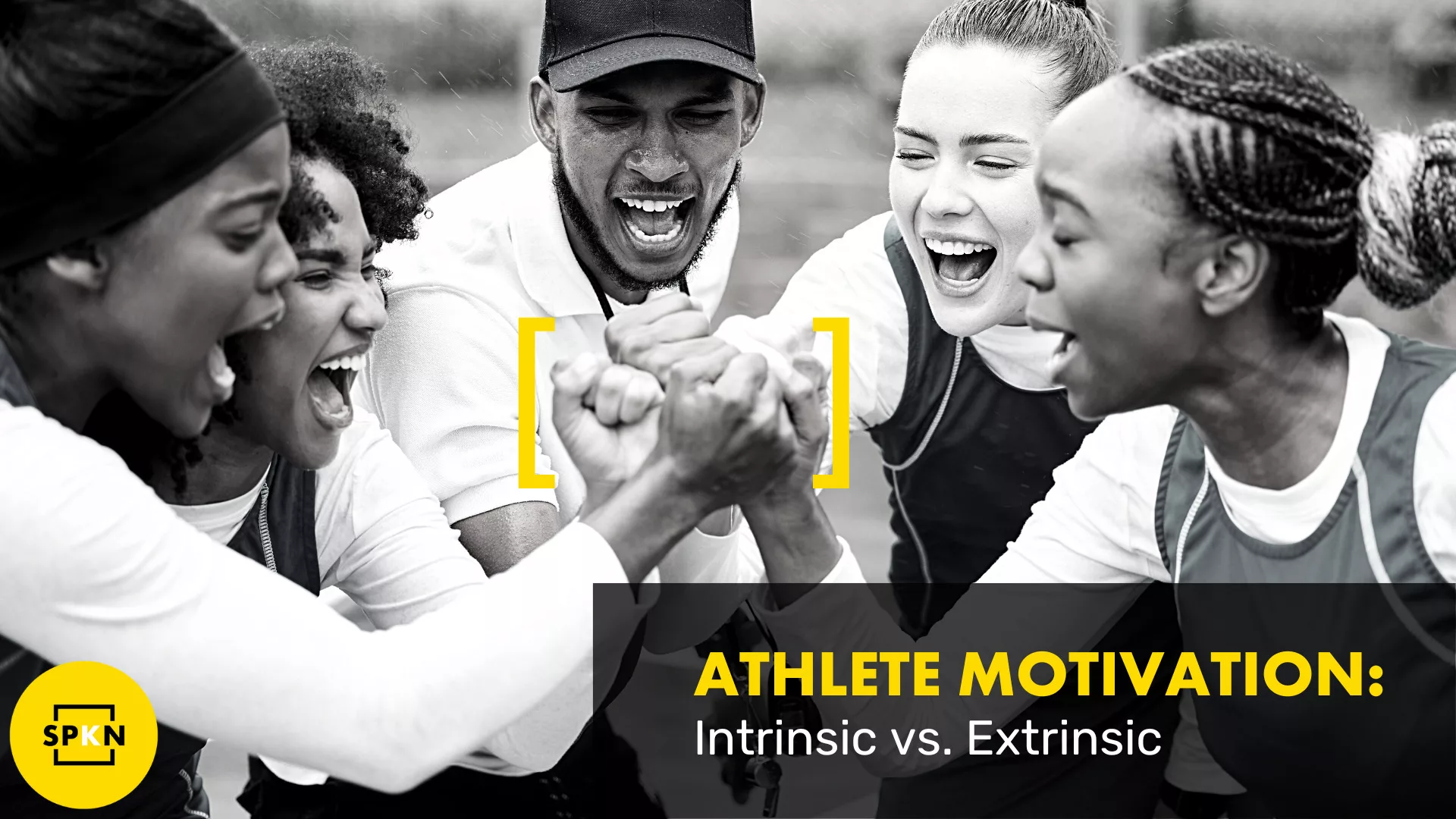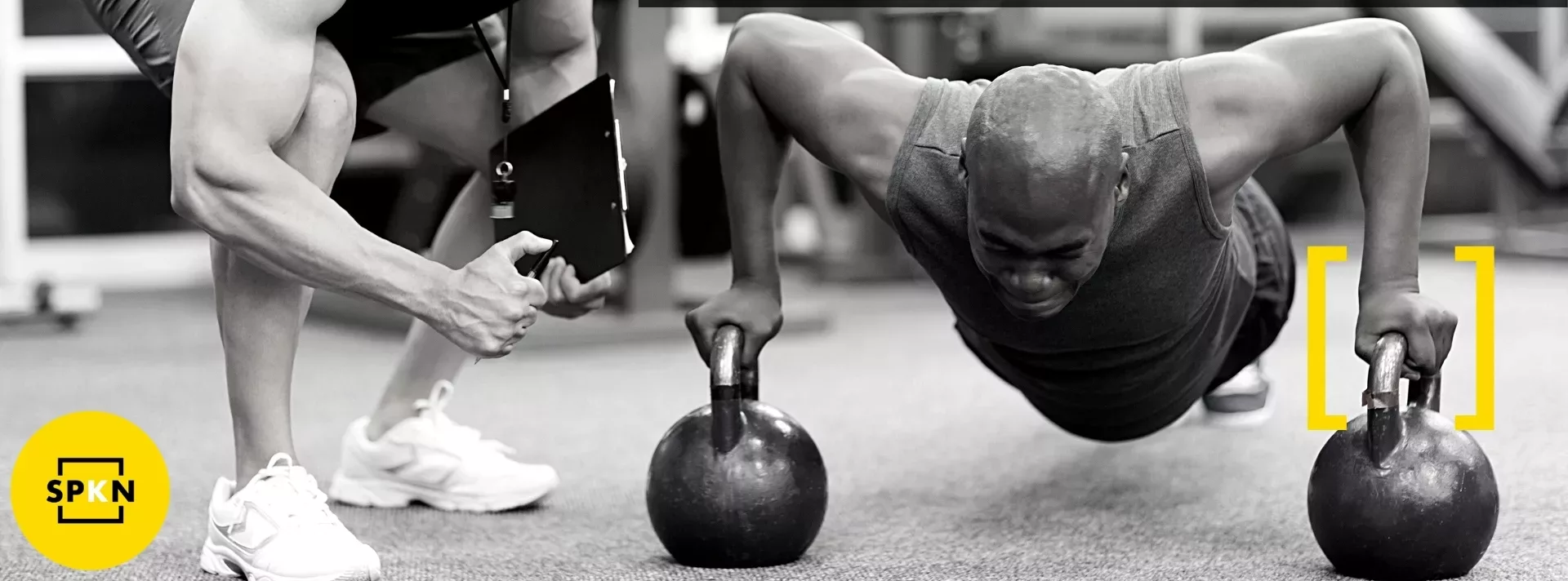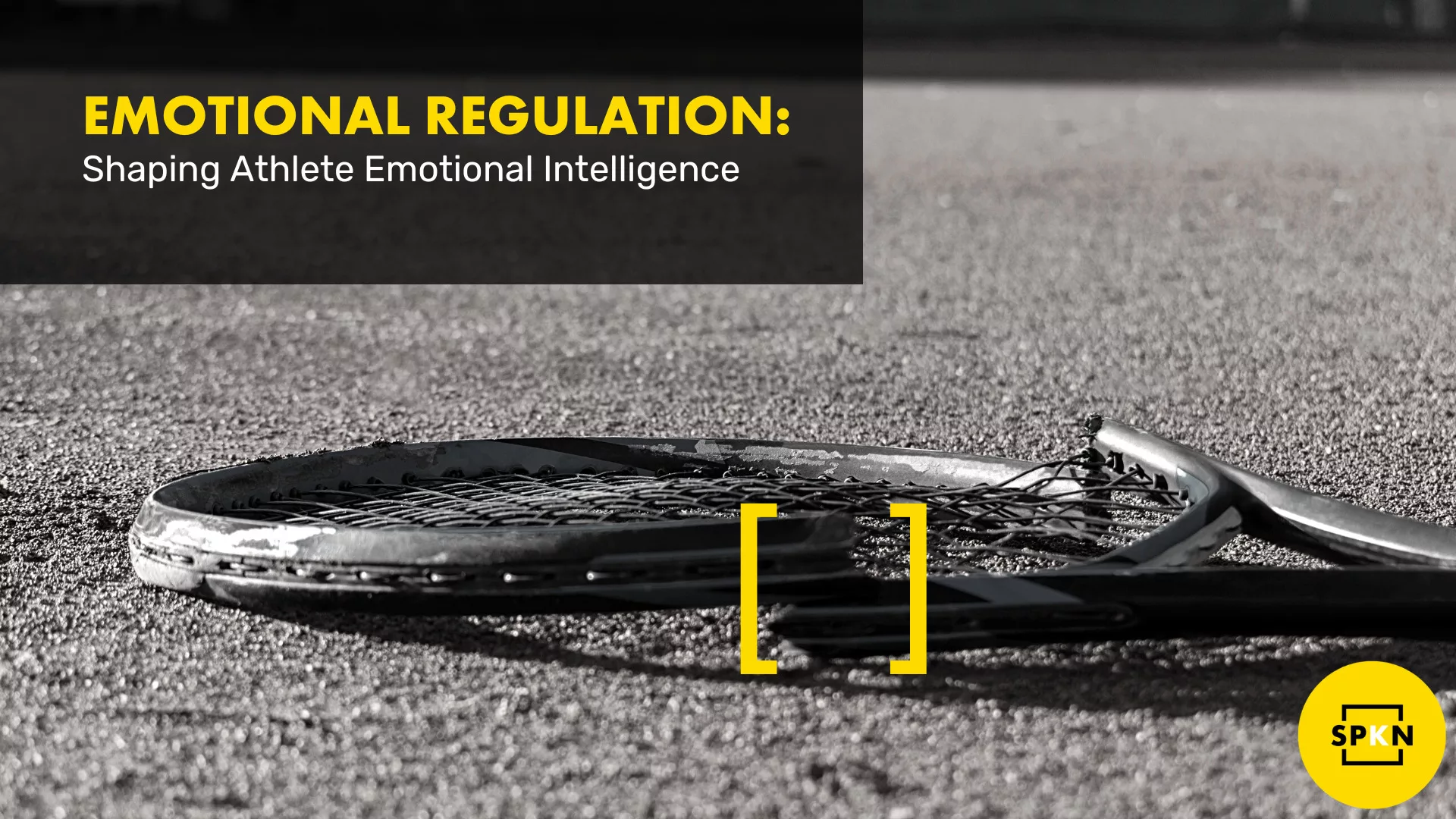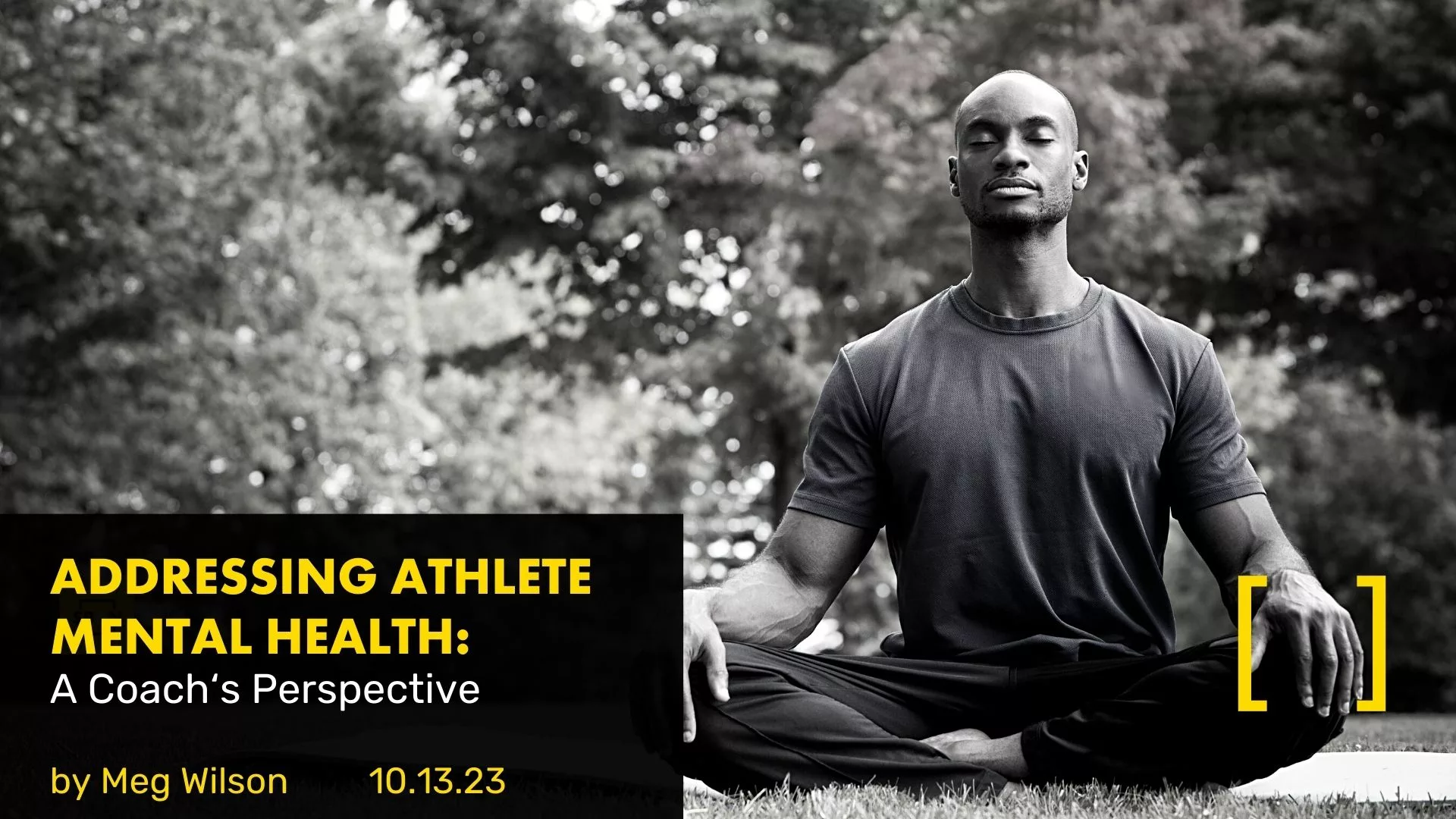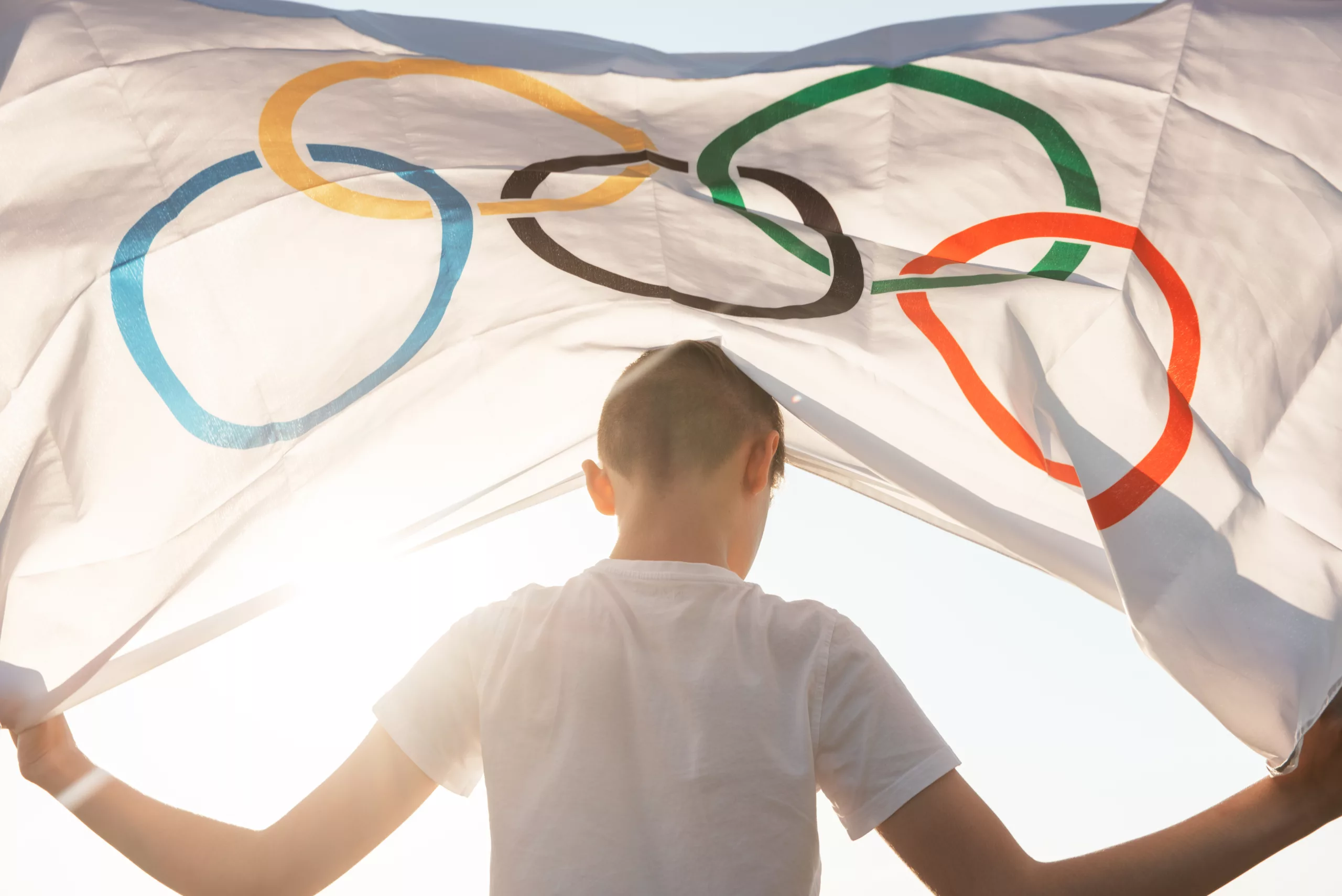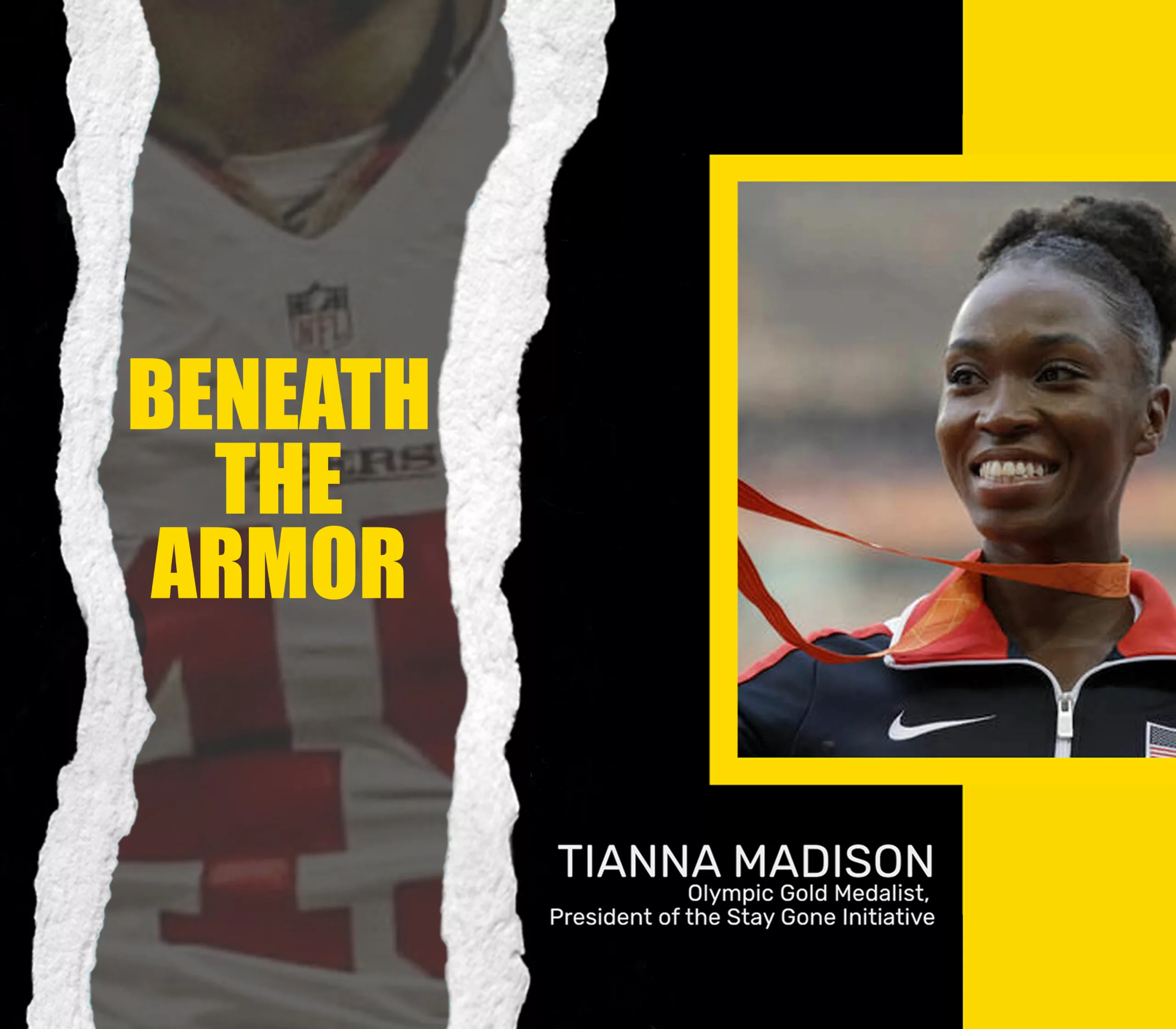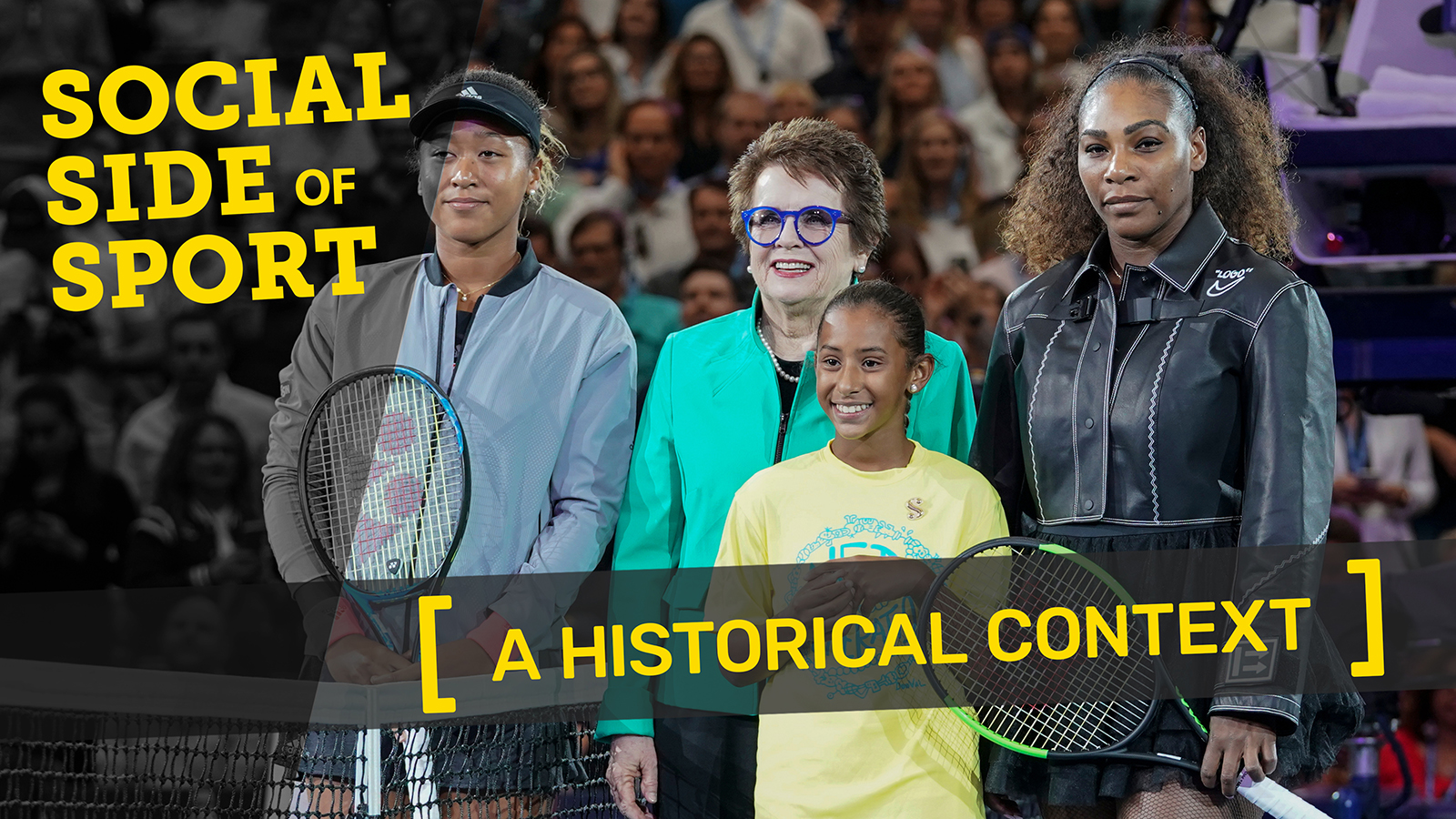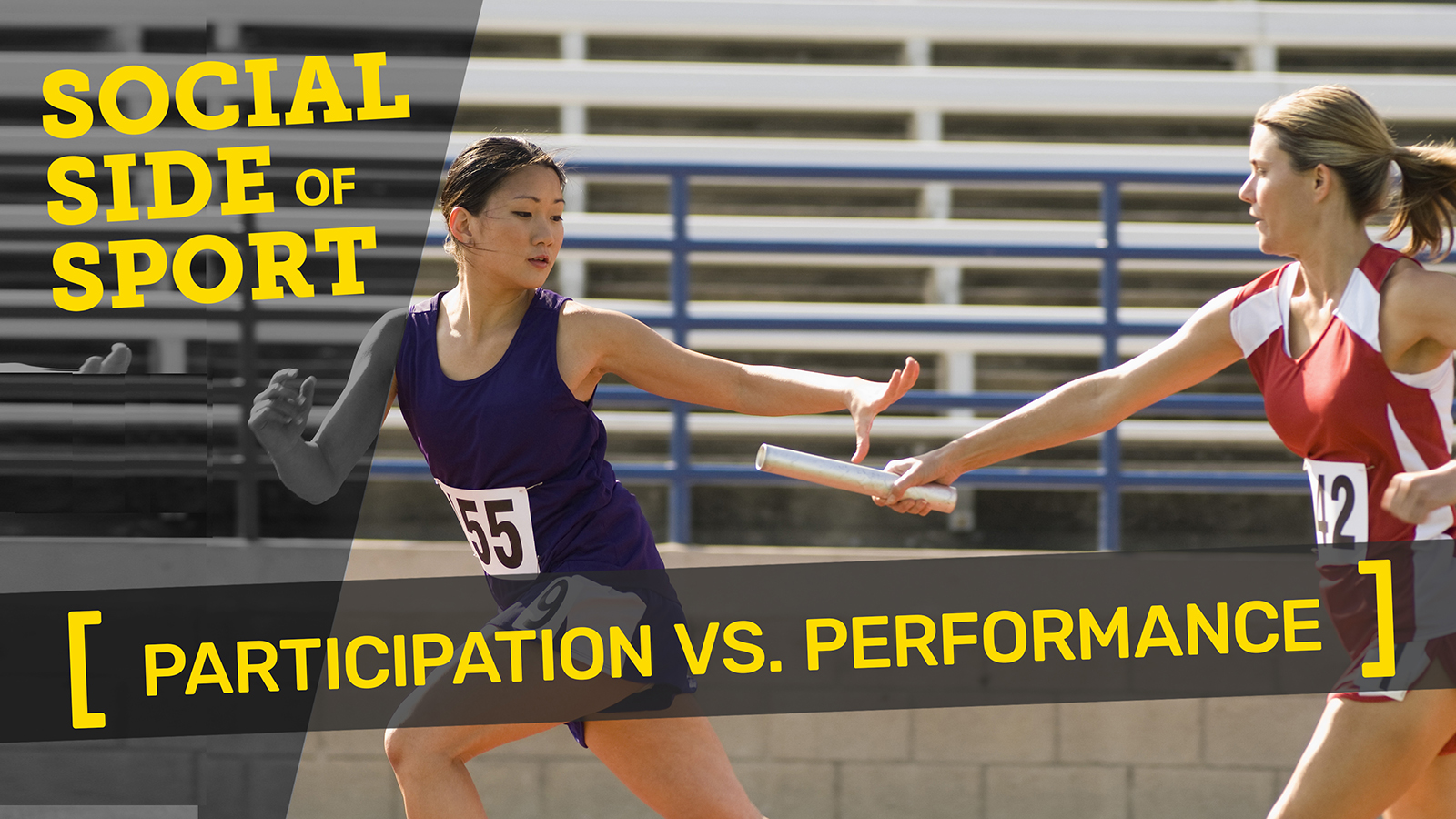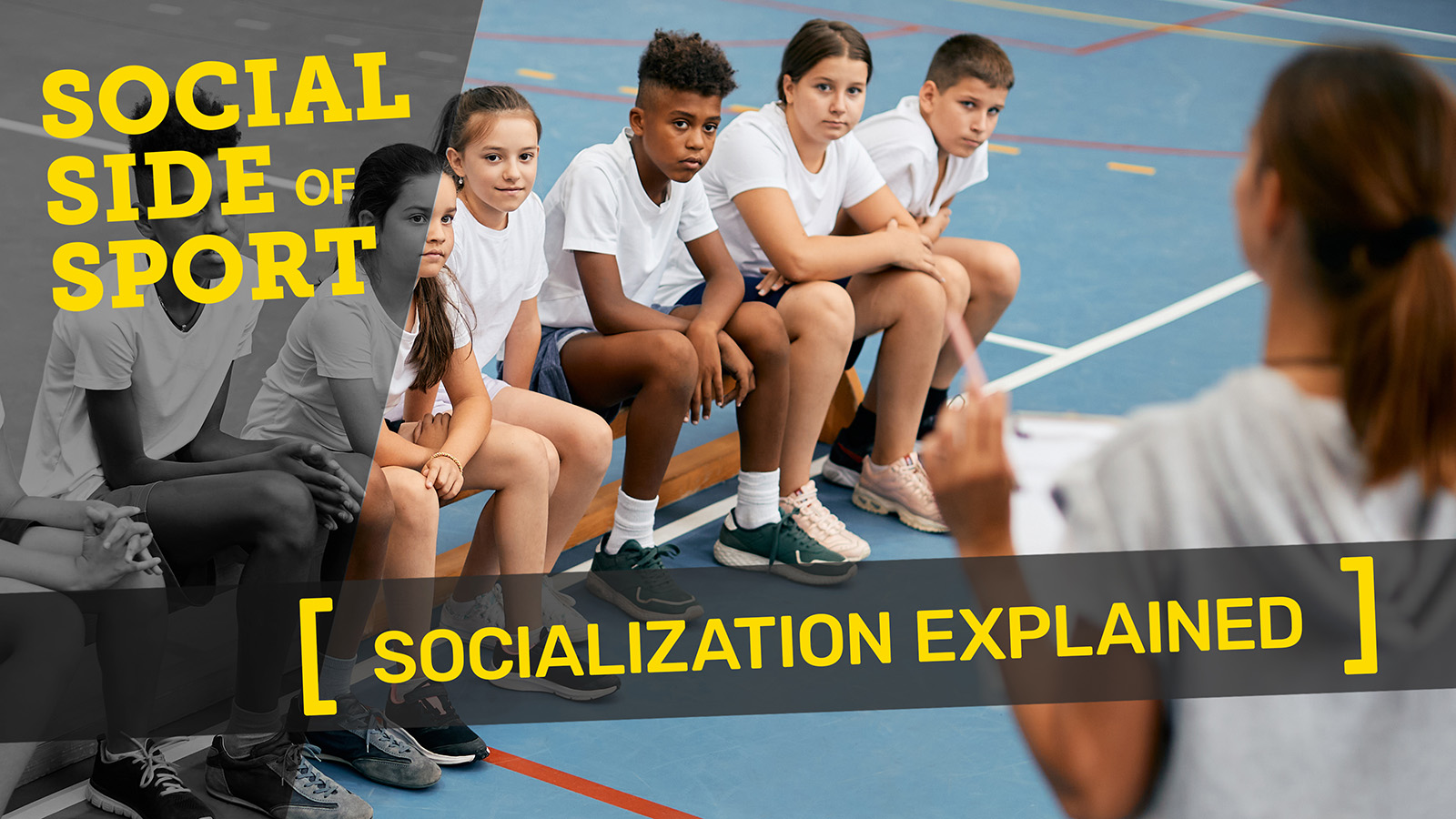The idea of autosuggestion has an extensive past that dates back to the mid-1800s (Ba¨umler, 2009). Specifically, the notion of autosuggestion is thought to have originated from the work of Emile Coue from France. The term refers to a method in which an individual learns to relax and develop a positive mind set by repeating specific phrases to himself/herself (Ba¨umler,
2009).
Coue’s concept of autosuggestion began to be discussed in the early years of sport psychology. In fact, in an early sport psychology investigation, Philip Tissie´ observed that autosuggestion was one of the most important techniques that helped cyclists perform at a high level (Ba¨umler, 2009). Similarly, at the first sport psychology congress held in 1913 in Lausuanne, Switzerland, a paper was provided which discussed the concept of autosuggestion.
Specifically, Paul Russeau presented a paper titled, “A record holder’s state of mind.” He discussed how using autosuggestion could be helpful for a cyclist’s performance (Kornspan, 2007). Shortly afterward, in 1923, media reports suggested that autosuggestion was an important component in helping athletes to be successful (“Coue’s Theory far from New,” 1923).
In the 1940s and 1950s, consultants began specifically to teach athletes how to use autosuggestion to help improve performance. Dorothy Yates, a psychology professor at San Jose State College, taught boxers to repeat positive thoughts to themselves as they prepared for competition and focused on obtaining a relaxed state of mind (Yates, 1943). Similarly, David
Tracy, a consultant for the St. Louis Browns, taught the technique of autosuggestion to professional baseball players during the 1950 baseball season (Tracy, 1951). Currently, the concept of autosuggestion is most similar to the concept of utilizing one’s self-talk and positive affirmations to stay in a positive and relaxed state during sport competition.
References
Bäumler, G. (2009). The dawn of sport psychology in Europe, 1880 1930. In C. D. Green, & L. T. Benjamin (Eds.), Psychology gets in the game: Sport, mind, and behavior, 1880 1960 (pp. 20 77).
Lincoln, NE: University of Nebraska Press. “Coue’s Theory far from New in the World of Sport.” (1923, January 22). Danville Bee, p. 7.
Kornspan, A. S. (2007). The early years of sport psychology: The work and influence of Pierre De Coubertin. Journal of Sport Behavior, 30, 77 93.
Yates, D. H. (1943). A practical method of using set. Journal of Applied Psychology, 27, 512 519.
Tracy, D. F. (1951). The psychologist at bat. New York: Sterling.
Alan S. Kornspan
***Contributed by Alan S. Kornspan for Hackfort, D., Schinke, R. J., & Strauss, B. (Eds.). (2019). Dictionary of sport psychology: sport, exercise, and performing arts. Academic Press. https://amzn.to/3ZxARzT

